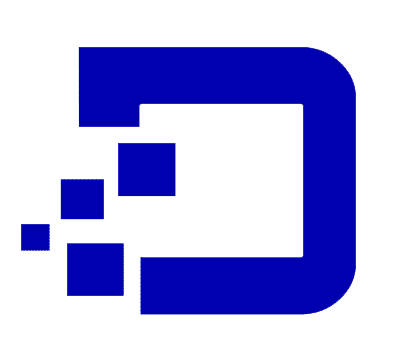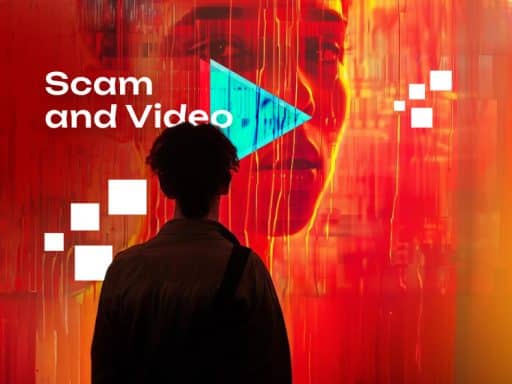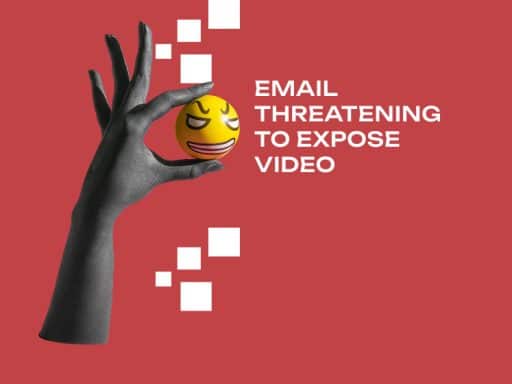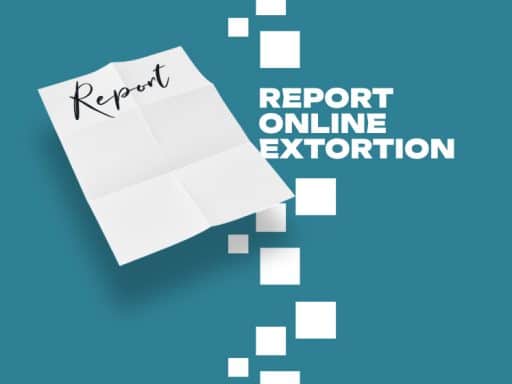DMCA Takedown Notice might be a term that young people associate with TikTok sounds getting wiped by Universal Music Group in early 2024. Your favorite viral video might get taken down for using a few seconds of an unlicensed song or a few frames from a blockbuster movie.
While these notices are mainly used in cases of copyright infringement, they are often the only choice of legal action for victims of sextortion and other NCII abuse. So, what exactly does this legislature cover?
What is a DMCA Takedown Notice and How Does It Work?
The Digital Millennium Copyright Act is a 1998 amendment to US federal copyright laws addressing copyright issues created by technologies such as the internet. It provides heightened measures for stopping infringement and protections for online service providers.
The statute introduced two treaties from the World Intellectual Property Organization. It prohibits the circumvention of technological security measures to access and use copyrighted material and addresses the liability of OSPs for monetary damages of copyright infringement.
There are other provisions in the statute with varying relation to digital copyright issues, but these two are the most commonly referred to. Others include exemptions, protection of original designs, and other miscellaneous provisions(1).
Understanding the DMCA and Its Purpose
DMCA provides creators with protection against those trying to use their hard work to make a profit. It also intends to promote copyright holders to share their content without fear of theft.
While it is primarily associated with copyrighted material, DMCA takedowns are also performed by victims of NCII abuse due to lack of better options. This can be effective if the content belongs to the victim.
Can the DMCA Help with Non-Consensual Content?
People often think that DMCA only applies to the copyrighted material of large corporations, but this is not the case.
You may get your nudes off of the internet with a DMCA takedown notice if you took them yourself. In cases like revenge porn, the victim owns the content and can successfully make a report.
However, this may be counter effective in some scenarios. If the perpetrator created the content, such as deepfake media, DMCA may actually grant them copyright protection(3).
Additionally, many believe that filing a DMCA takedown will continue to protect their content from being posted. However, it will only help have that specific instance taken down and does not prevent resharing(2).
How to File a DMCA Takedown Notice for NCII Cases
There is a specific process to successfully filing a DMCA takedown notice and having your nudes removed from the internet. Before moving forward, it’s important to ensure that you own the media and have the right to assert infringement.
Step One – Identify the Platforms Hosting the Content
You will first need to identify the platform housing your leaked nudes. You will need the URL of the page to use as evidence in your report. You should also take dated screenshots to have a record of the infringement’s occurrence.
If you see the content yourself, you can copy the URL directly. You can also employ hash-based matching services, like Google’s reverse image search, to find any results matching your images.
Step Two – Find the Platform’s DMCA Contact Information
Once you have located the host, you will need to contact their DMCA agent. This information is required to be on the website in accordance with the statute, but it’s not always easy to find.
Look for a “legal” section on the homepage. There may also be mention of contact information throughout the terms of service or copyright policies. The email may also be listed in the “contact us” tab.
If you cannot find it here, use a Whois database or other online tools to determine the website’s provider. If this still doesn’t turn up who to contact, try searching the DMCA designated agent directory.
Step Three – Drafting Your DMCA Takedown Request
Now that you know who to file with, it is important to draft your notice correctly. The following information must be included for the DMCA takedown notice to be legally effective:
- Evidence of both the ownership of the content and the infringement that occurred, including information on its location.
- A clear statement expressing that the victim did not consent to the sharing of this content and is requesting its immediate removal.
- A clear statement that the information of the report is factual and a signature from the party submitting the notice.
- Contact information of the victim.
Step Four – Submitting the Notice and Following Up
Many OPSs have instructions and forms on their website that explain the process of submitting your notice. If so, utilize these online forms for the swiftest action.
If the provider does not have a form listed online, you can send your notice to their designated DMCA agent.
Can A DMCA Takedown Fail?
Yes, there are situations where DMCA takedowns can be ineffective and, in some instances, detrimental.
A 2024 study conducted by the University of Michigan(3) found that in a sample size of 70,502 reported URLS containing NCII, only 4% were removed within 48 hours and less than half were removed within 60 days.
These takedowns are not only slow-to-nonexistent; they require the victim to disclose personal information which is shared with the poster. Additionally, notices may bring more attention to the content, broadening its likelihood of reposting.
Understanding Counter-Notices and Challenges
After enduring the difficulties of the DMCA takedown filing process, the victim is still not out of the woods even if their leaked nudes have been successfully removed.
The perpetrator can refuse removal if the victim does not properly file their notice. Even if the notice meets the criteria, the provider may still choose not to comply. However, this does risk their protection under DMCA safeguards.
The perpetrator can also pursue a counter-notice if they believe their post was wrongfully removed. Even if this is incorrect, the victim must choose to take further legal action within 14 days to keep the content down(4).
Additional Legal and Support Options
One way to get your nudes off the internet is to report the incident to the platform it was posted on. Most of these services have policies in place to prevent abuse and harassment.
There are additional resources available online. StopNCII.org is a free online resource for victims that is operated by the Revenge Porn Hotline of the South West Grid for Learning. They share their hash-based matching with participating platforms to aid the removal of these images.
There’s also the Cyber Civil Rights Initiative, who work to combat online abuse that threatens civil liberties. The non-profit traces back to Dr. Holly Jacobs “End Revenge Porn” online campaign against distribution of NCII in 2012.
You may also want to consider working with an attorney. They can help advise you on the best course of legal action and connect you with emotional support resources.
Preventing and Protecting Against NCII Abuse in the Future
The most effective way to combat NCII crimes like sextortion and revenge porn is through prevention. Understanding how to avoid these attacks is crucial to safely using the internet.
Strengthening Online Privacy and Security
Sextortion and other NCII attacks often utilize access to social media accounts. You can protect yourself by making your profile private and avoiding oversharing.
You should also update passwords on a regular basis, use different passwords on each platform, and avoid divulging private information with anyone you don’t know online.
Legal Protections Beyond the DMCA
Currently, all states accept South Carolina have laws in place to protect against NCII abuse. You can learn more about how you can take legal action in each state here.
The TAKE IT DOWN act, which currently awaits House approval, would criminalize the publication of NCII and require social media platforms to develop processes for taking down such content within 48 hours of notice(5).
You should seek legal counsel from an attorney if harassment persists.
How Digital Forensics Can Help.
Digital Forensics Corp. is working to combat the issue of NCII abuse by getting out in front of it. Whether it be helping secure your online presence or working to remove your intimate photos from the hands of a criminal, DFC can help.
If you are being threatened with NCII abuse, reach out today for a consultation with one of our experts.
Sources:
- Digital Millennium Copyright Act | Wex | US Law | LII / Legal Information Institute
- 12 Common Misconceptions About DMCA Compliance – DMCA Authority
- A Law of One’s Own: The Inefficacy of the DMCA for Non-Consensual Intimate Media
- What is a DMCA Counter Notice?
- Senate Unanimously Passes Cruz-Klobuchar Bill Stopping AI ‘Revenge Porn’ – U.S….
DISCLAIMER: THIS POST IS FOR INFORMATIONAL PURPOSES ONLY AND IS NOT TO BE CONSIDERED LEGAL ADVICE ON ANY SUBJECT MATTER. DIGITAL FORENSICS CORP. IS NOT A LAWFIRM AND DOES NOT PROVIDE LEGAL ADVICE OR SERVICES. By viewing posts, the reader understands there is no attorney-client relationship, the post should not be used as a substitute for legal advice from a licensed professional attorney, and readers are urged to consult their own legal counsel on any specific legal questions concerning a specific situation.
The information presented in this article is based on sources that are not readily available to the public and may be subject to restrictions or confidentiality. It is intended for informational purposes only.






